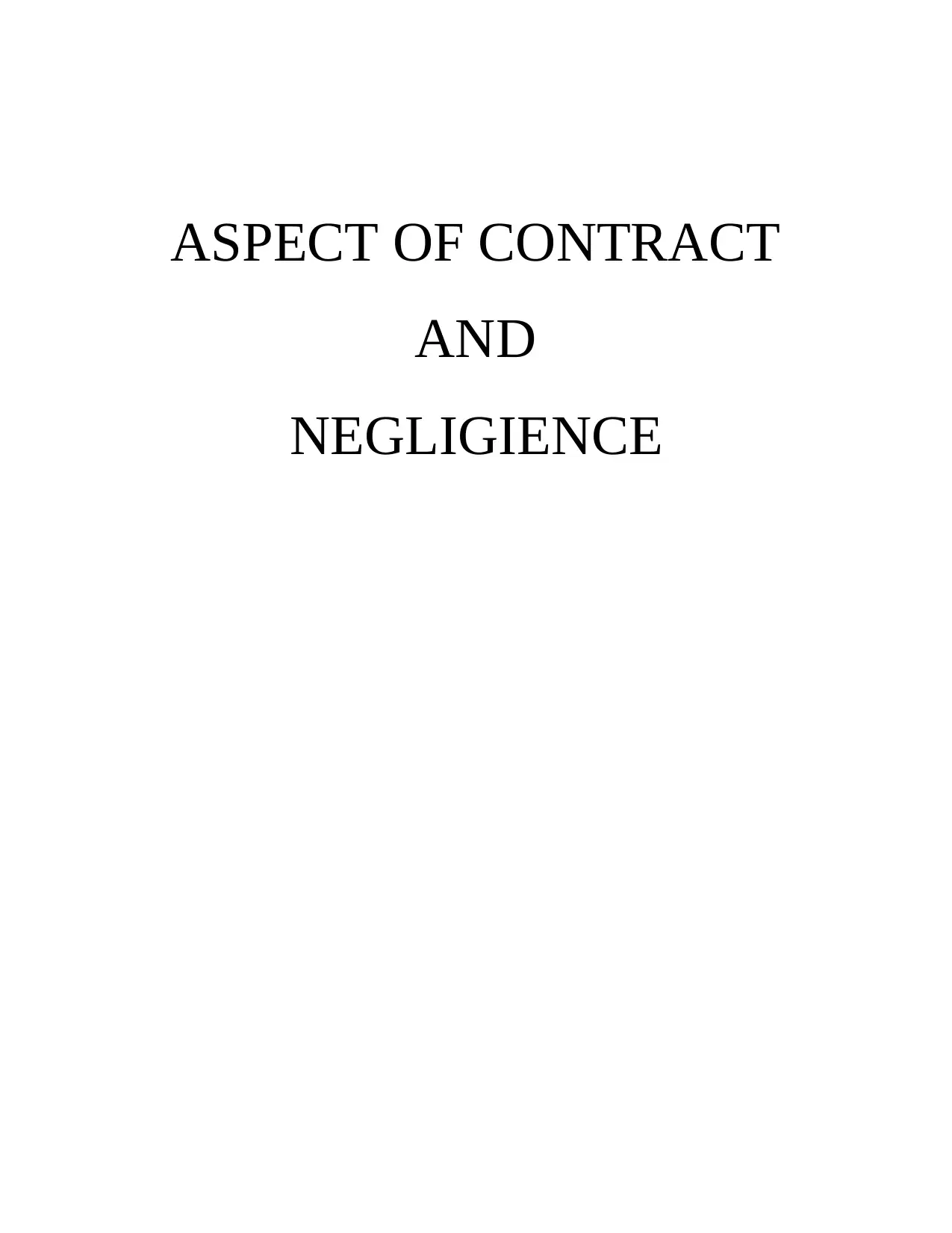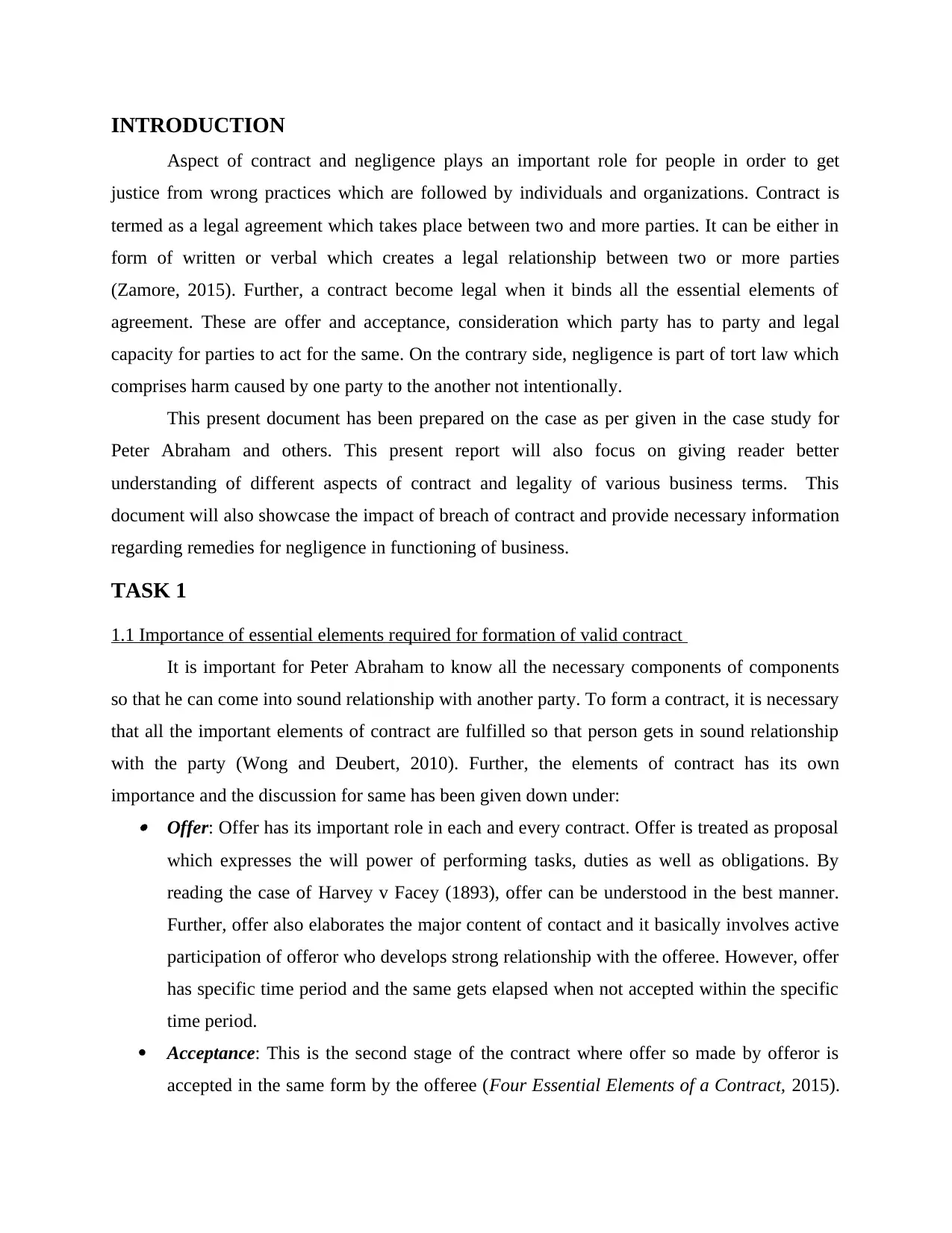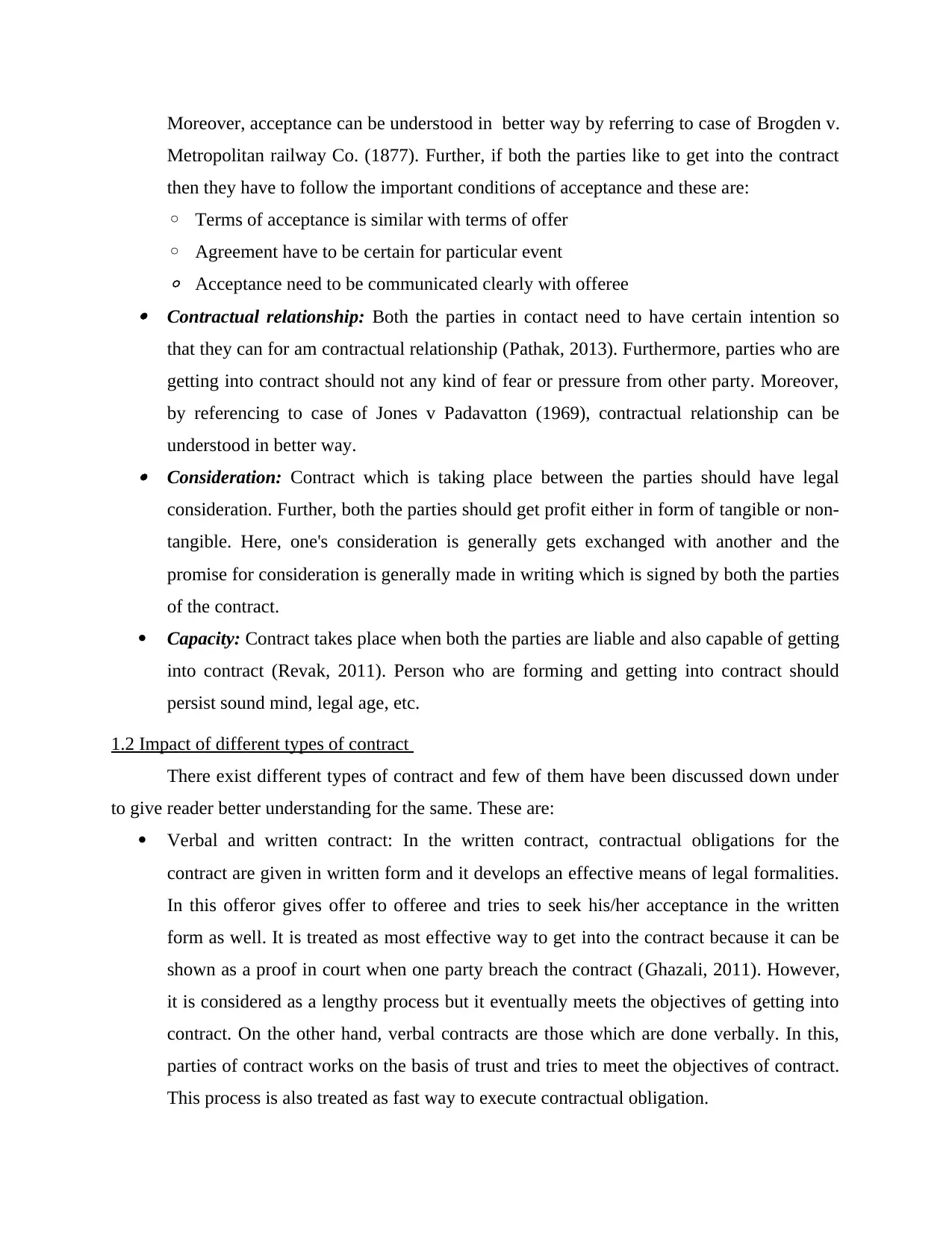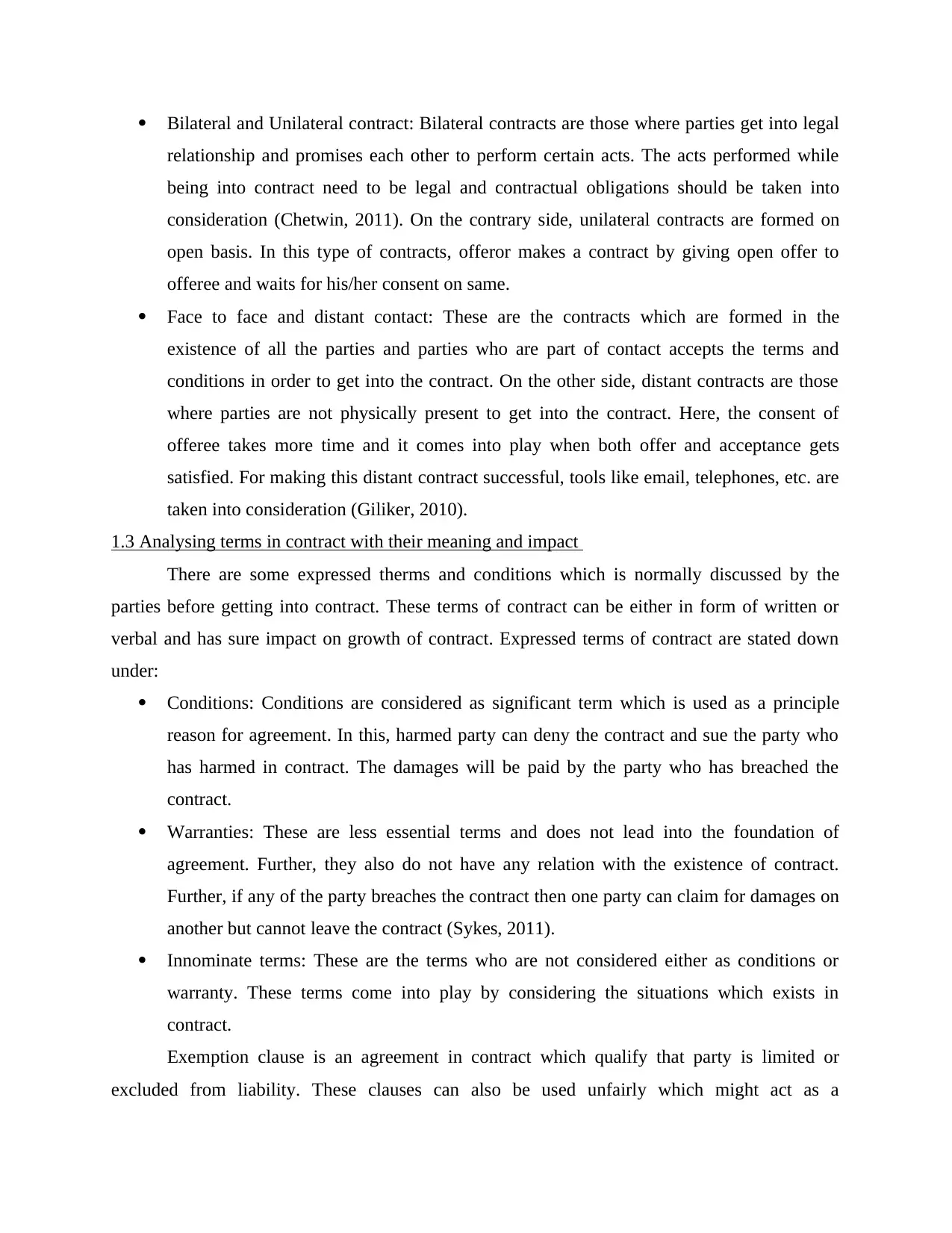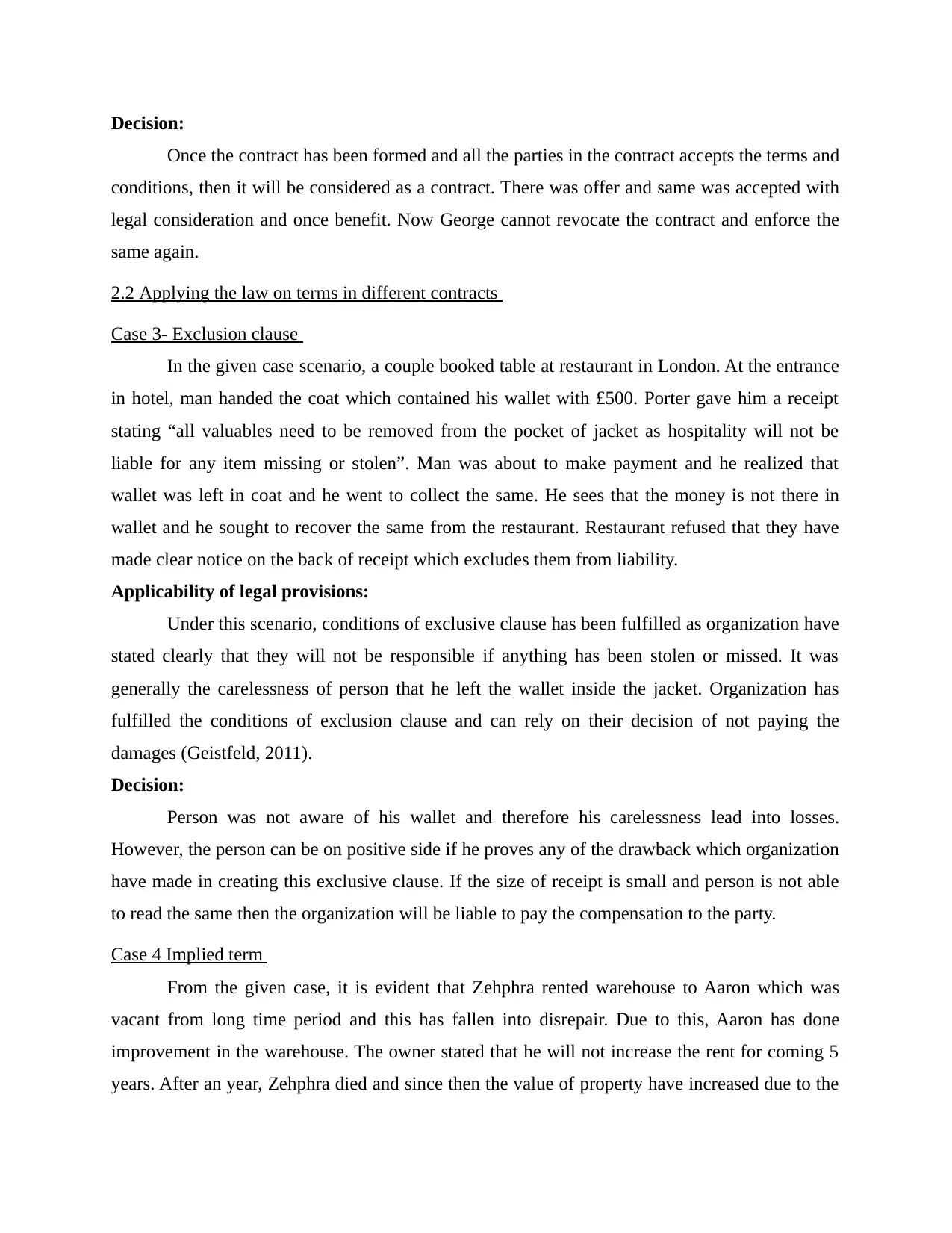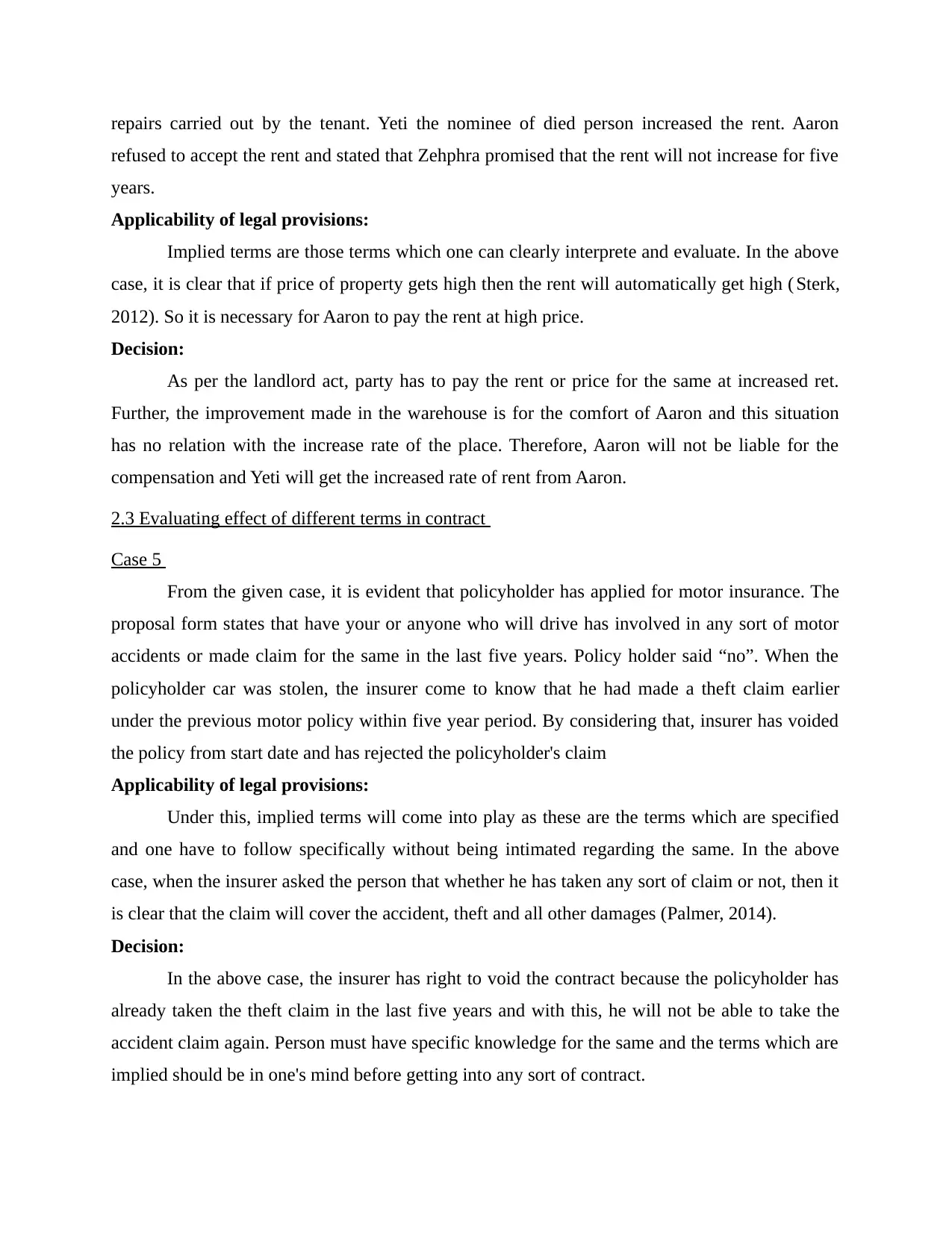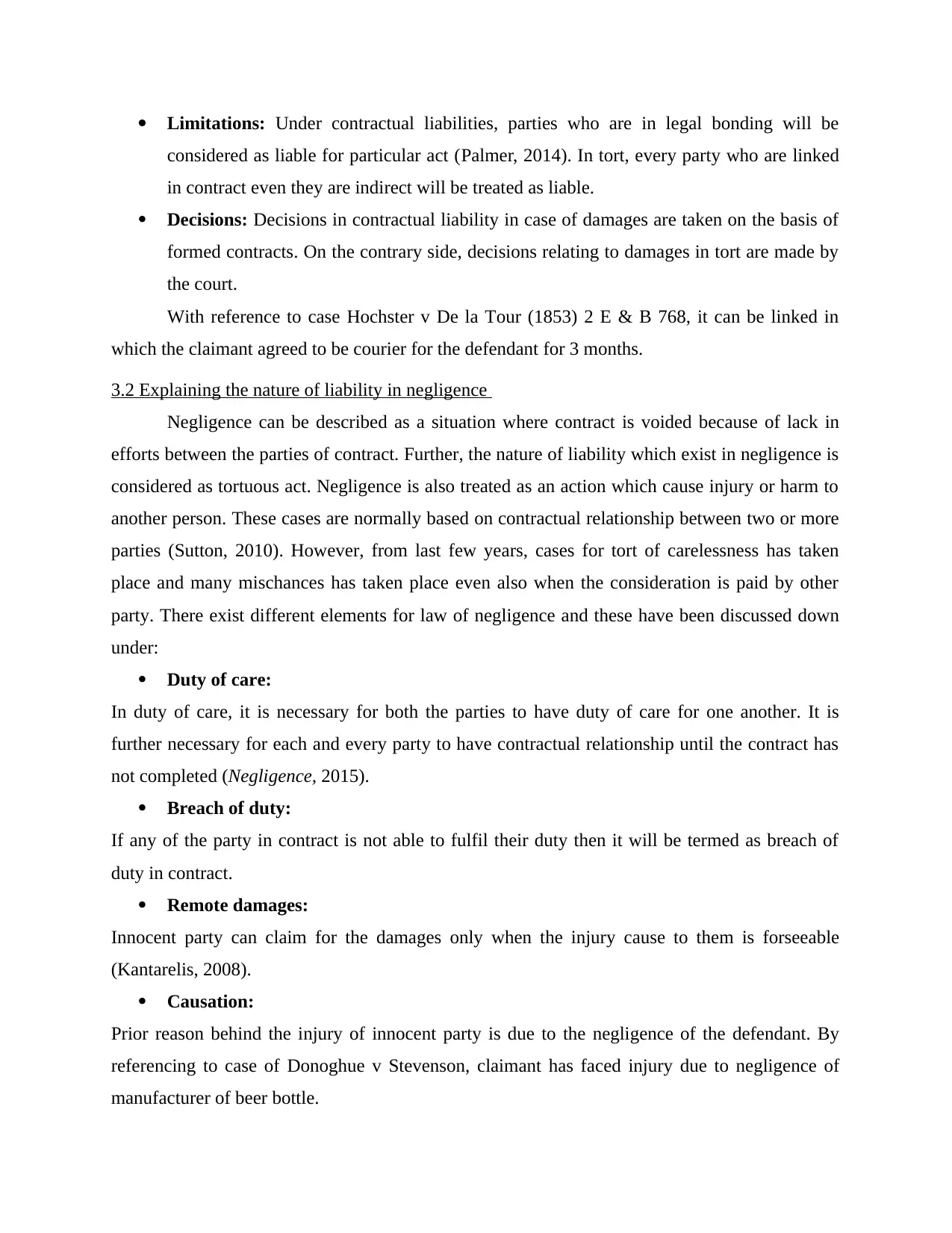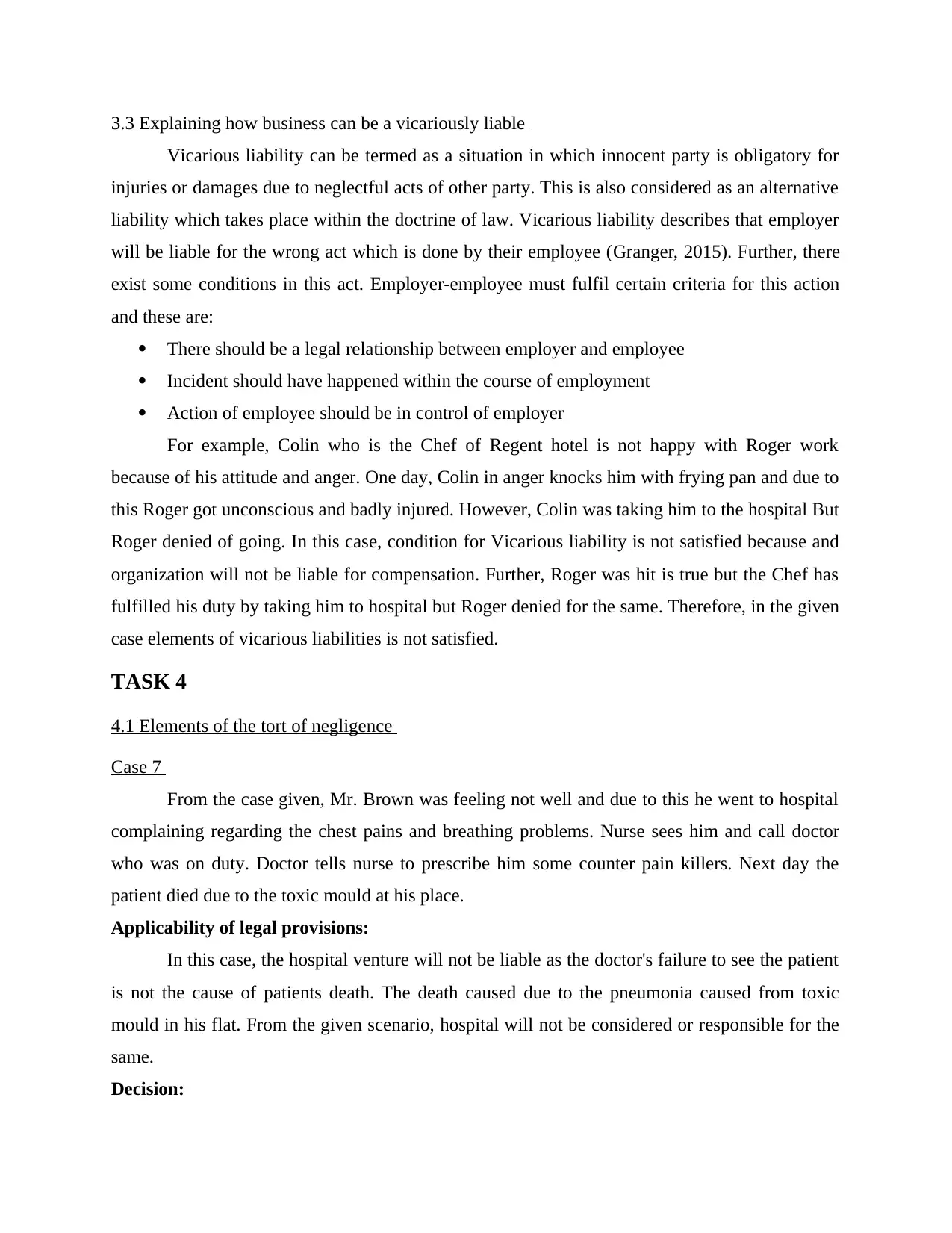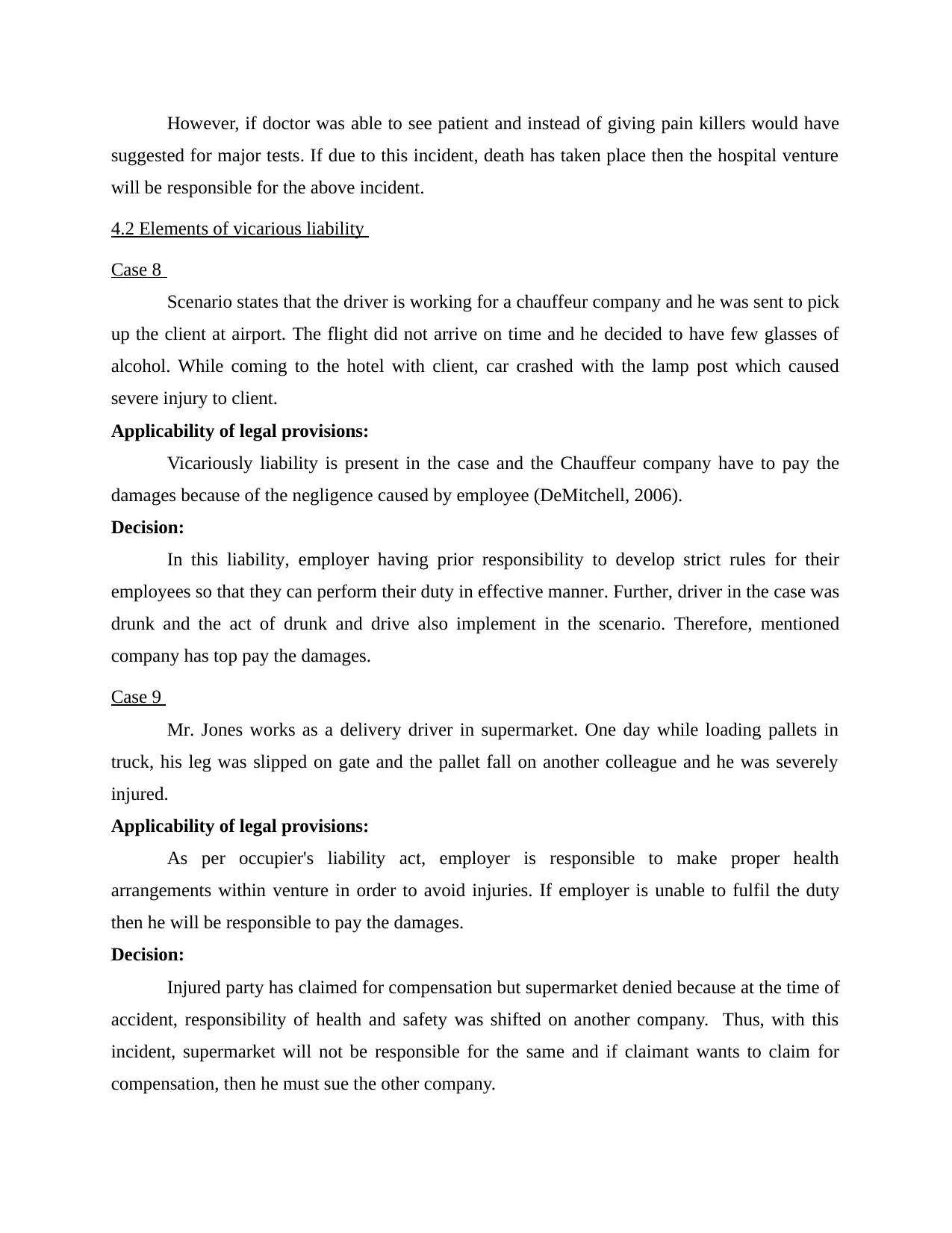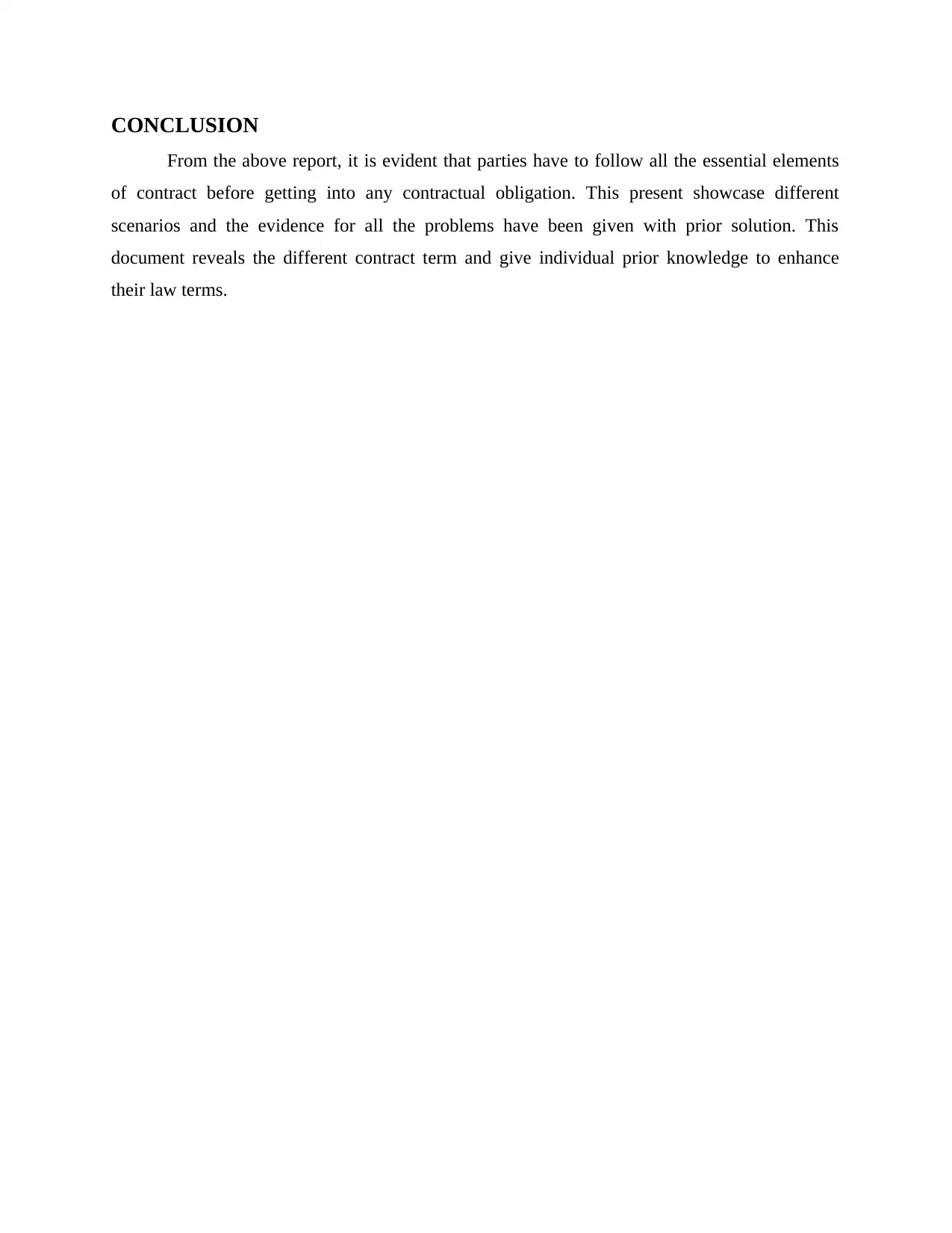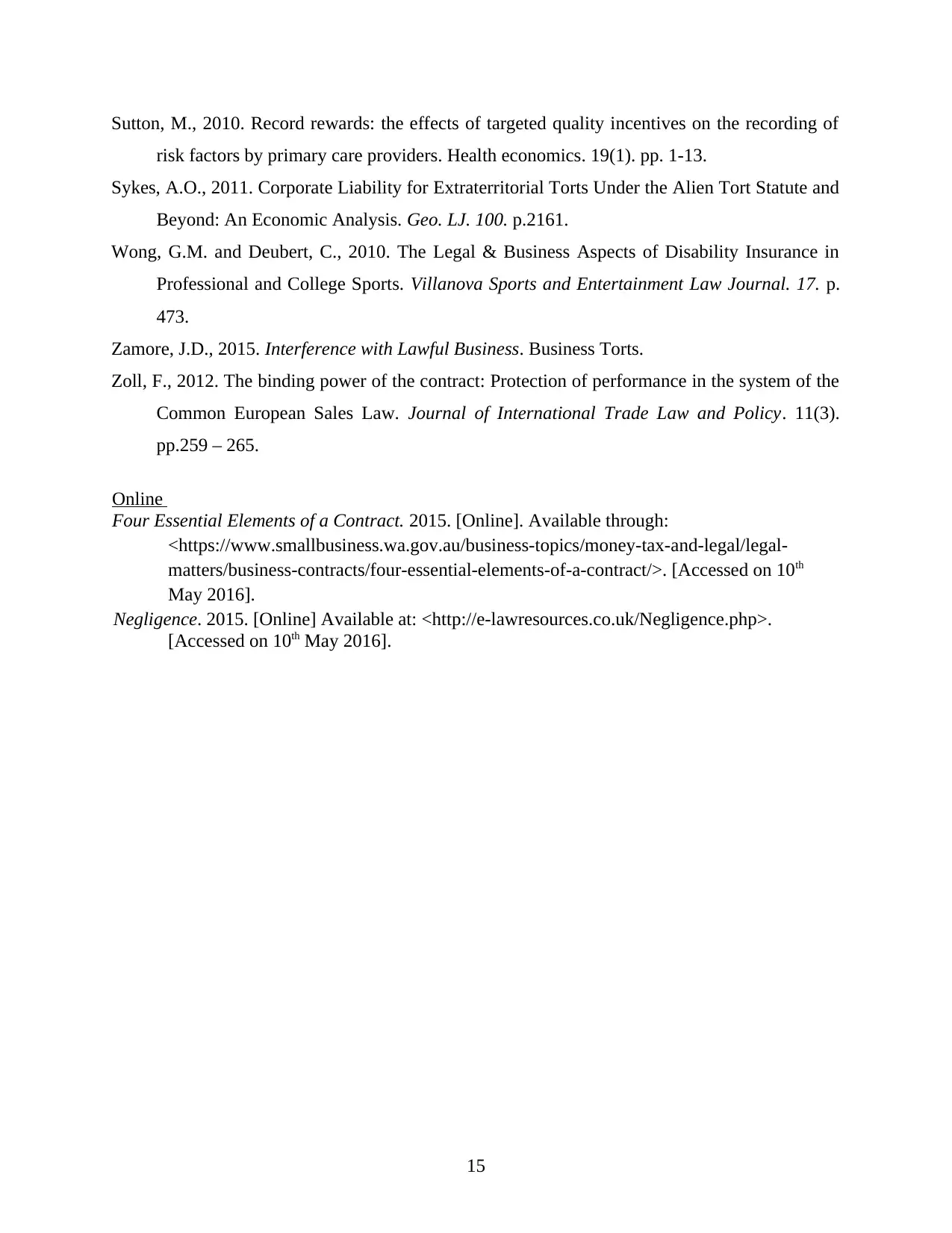The two cases discussed in this assignment are related to vicarious liability, where an employer is held responsible for the actions of their employee. In Case 8, a chauffeur company sent a driver to pick up a client at the airport, but he decided to have a few glasses of alcohol before driving. As a result, he crashed into a lamp post, causing severe injury to the client. The court ruled that vicarious liability applies in this case and the employer must pay damages because of their employee's negligence. In Case 9, a supermarket delivery driver was unloading pallets when his leg slipped on a gate and fell on another colleague, severely injuring him. The court applied the Occupier's Liability Act, which holds employers responsible for ensuring proper health arrangements within their premises to avoid injuries. Since the employer failed to do so, they are liable for damages.
![[object Object]](/_next/static/media/star-bottom.7253800d.svg)
![[object Object]](/_next/static/media/star-bottom.7253800d.svg)
